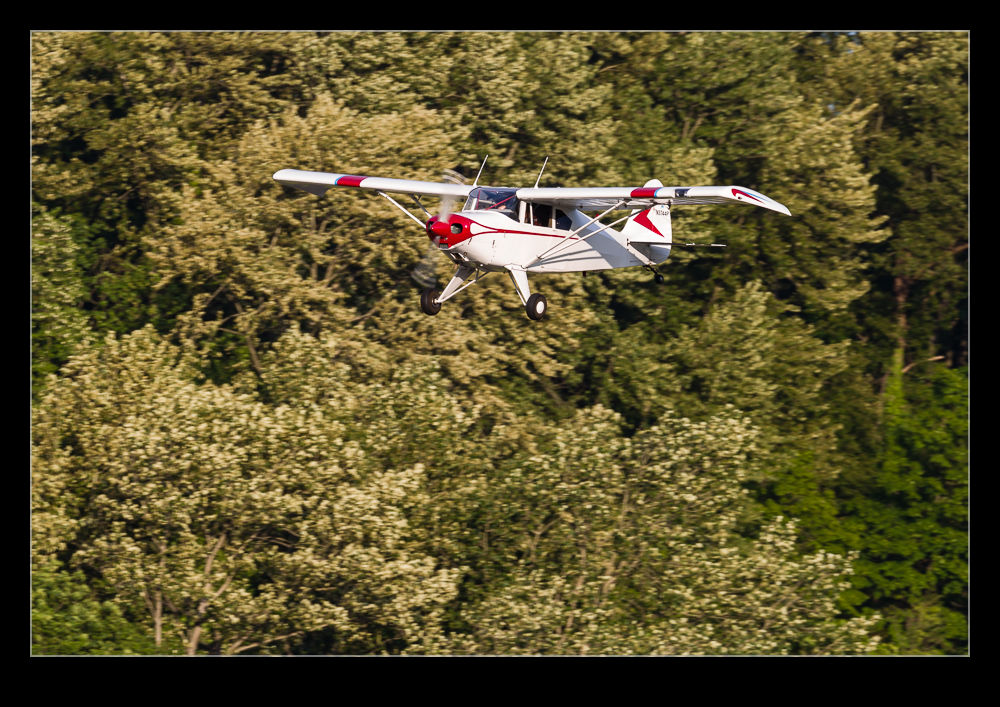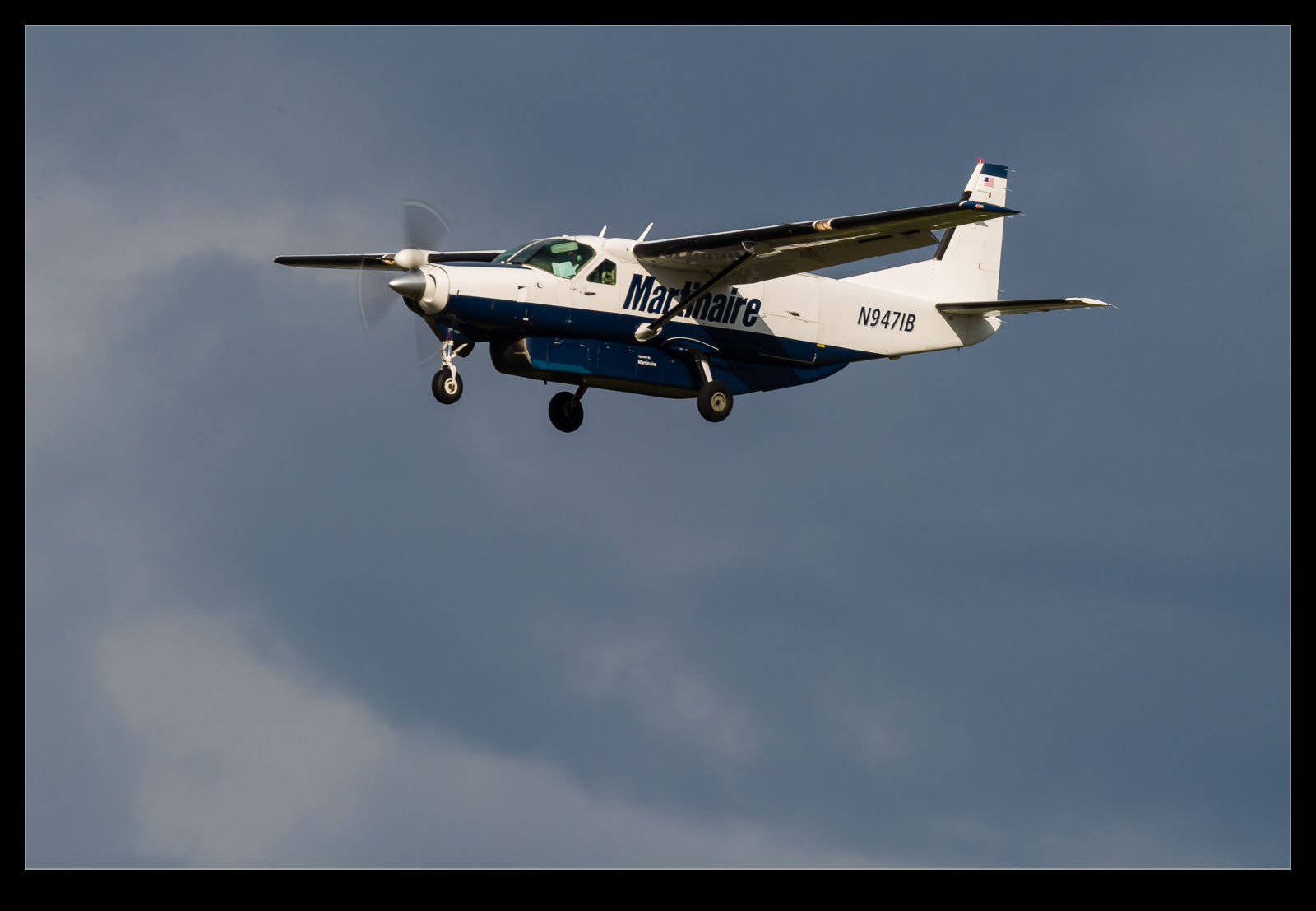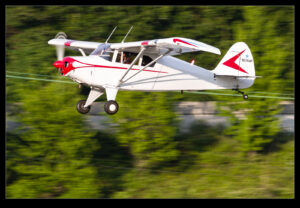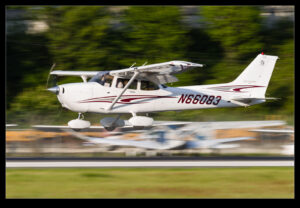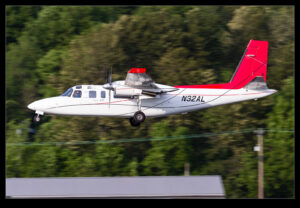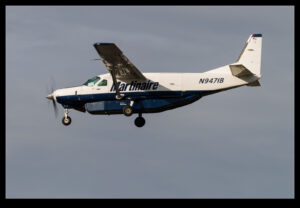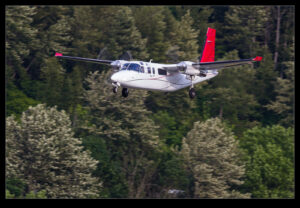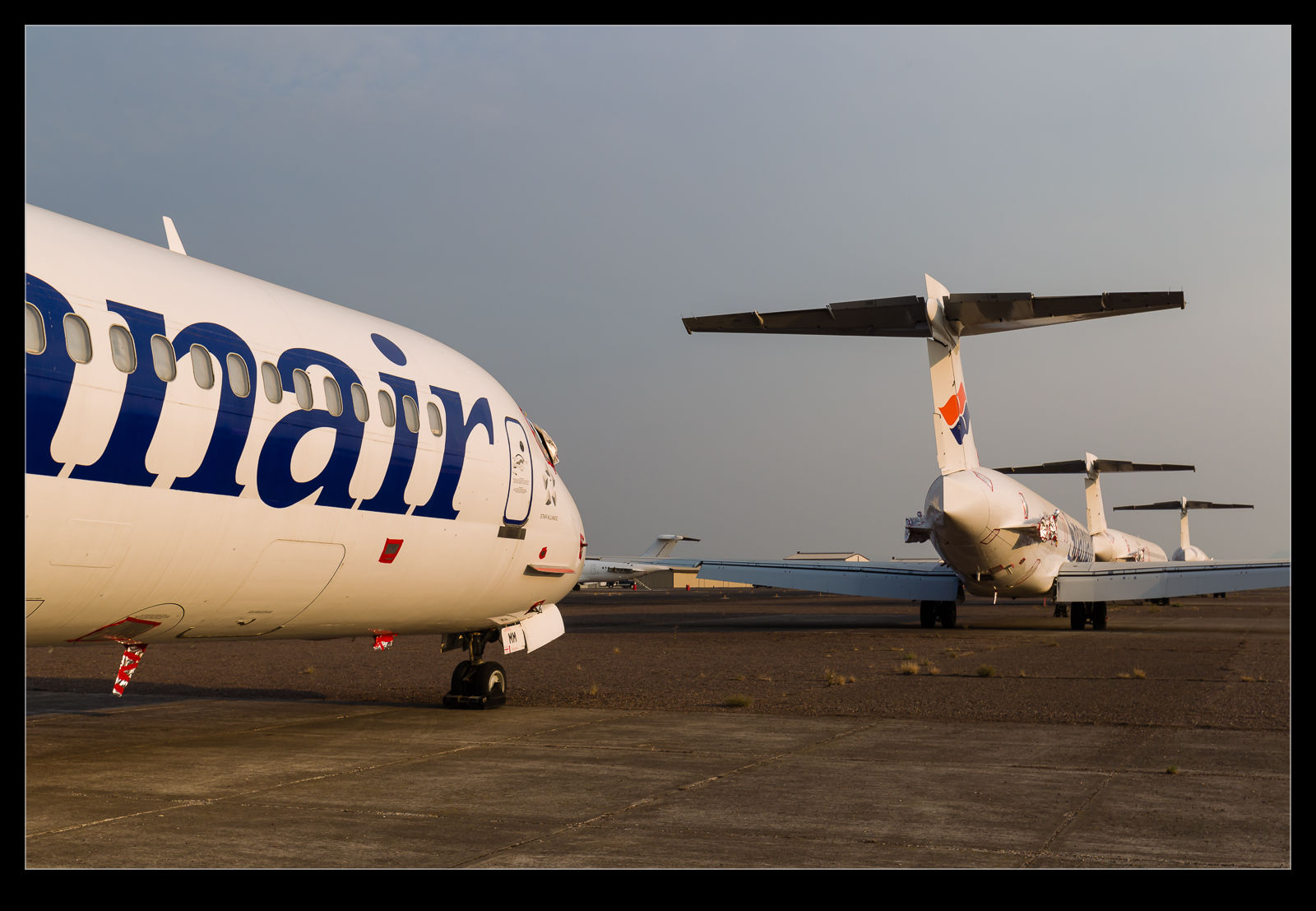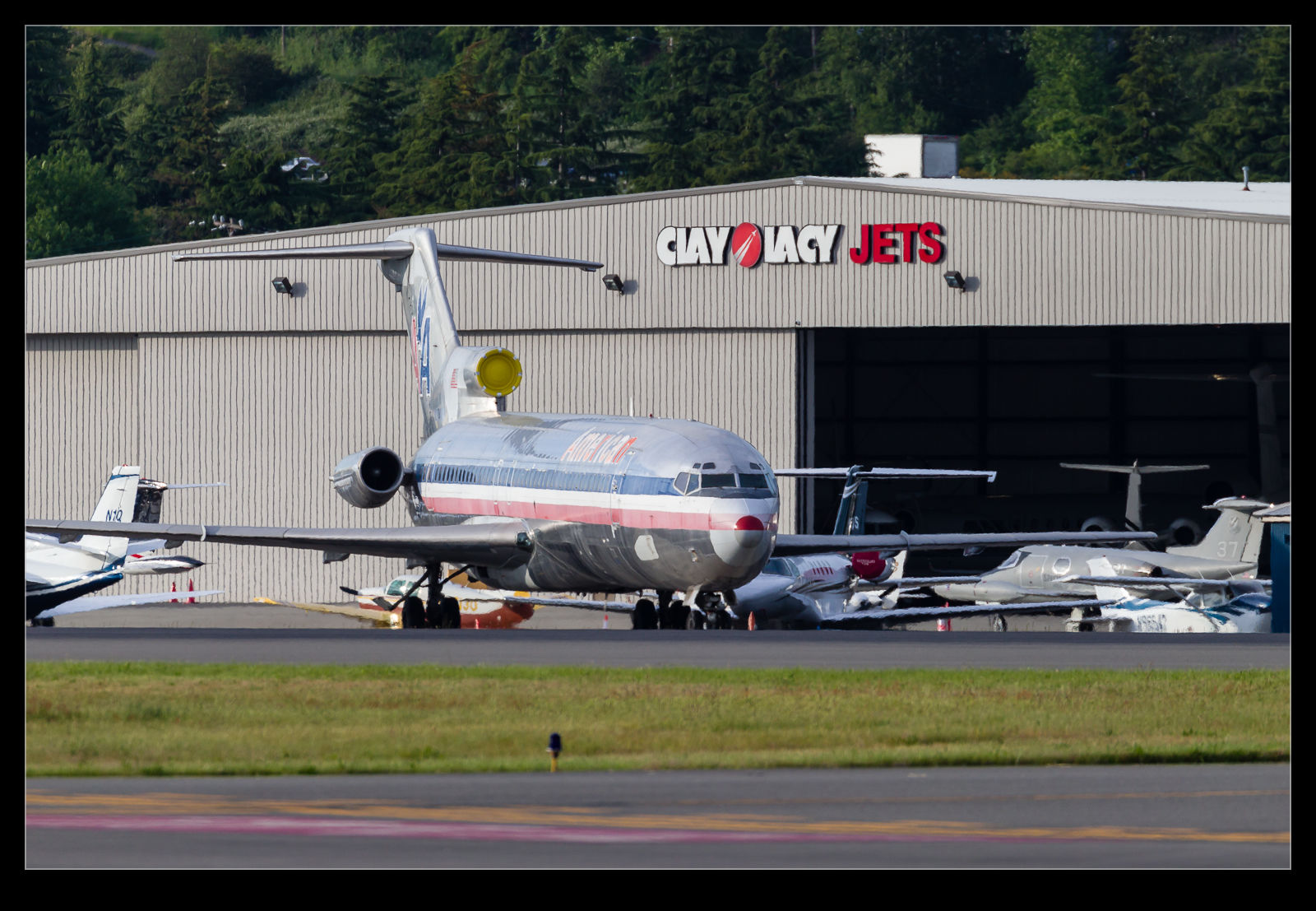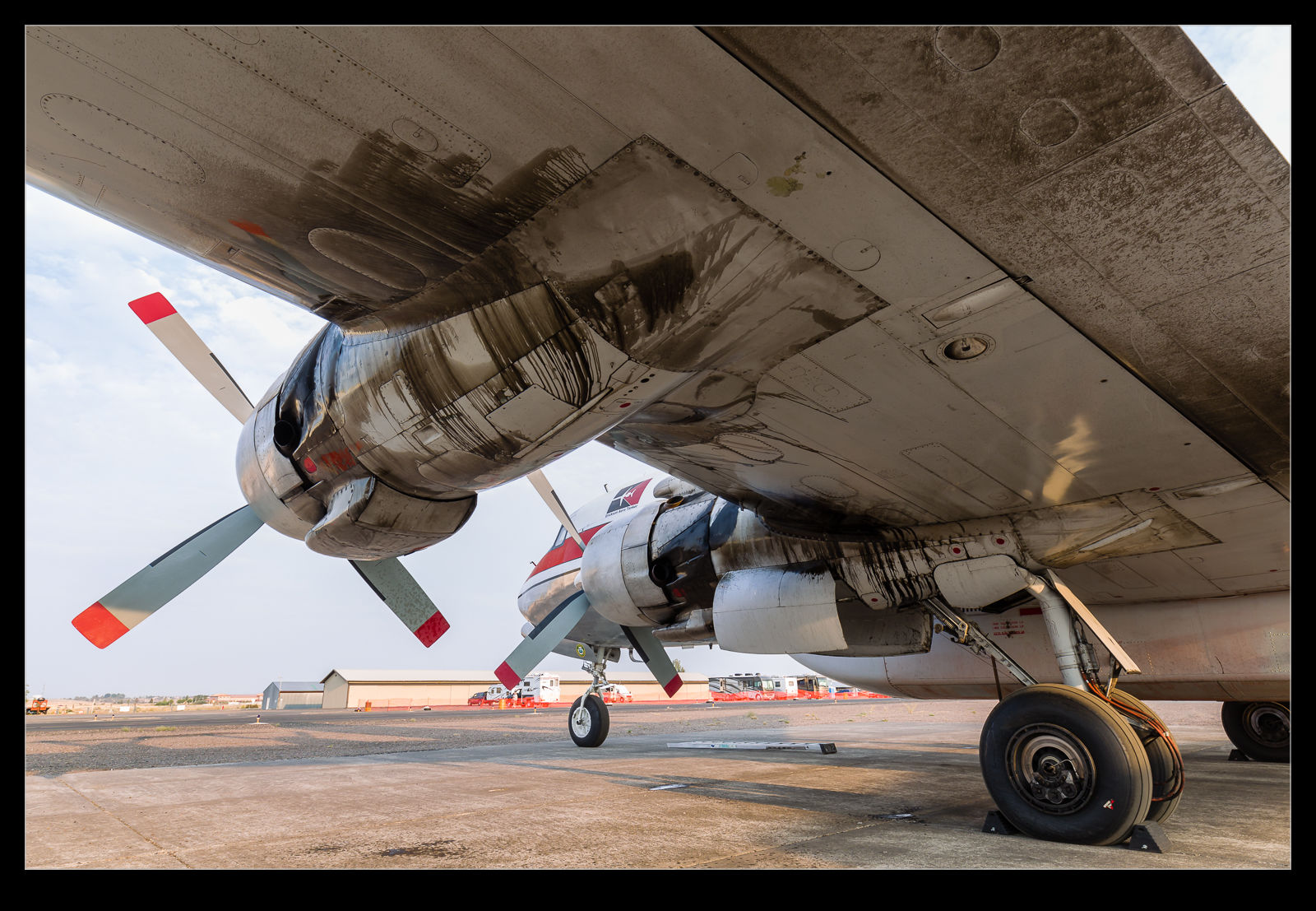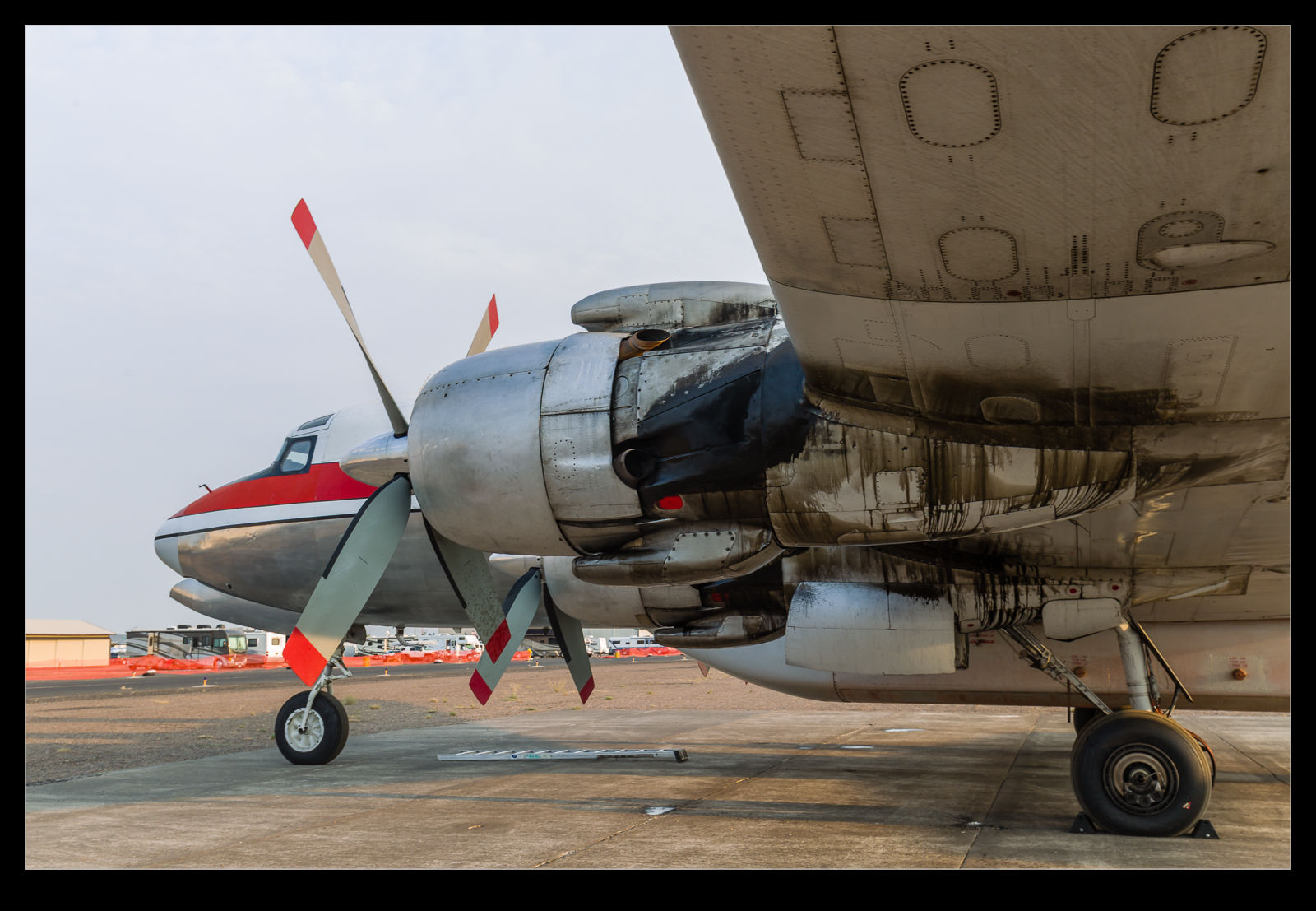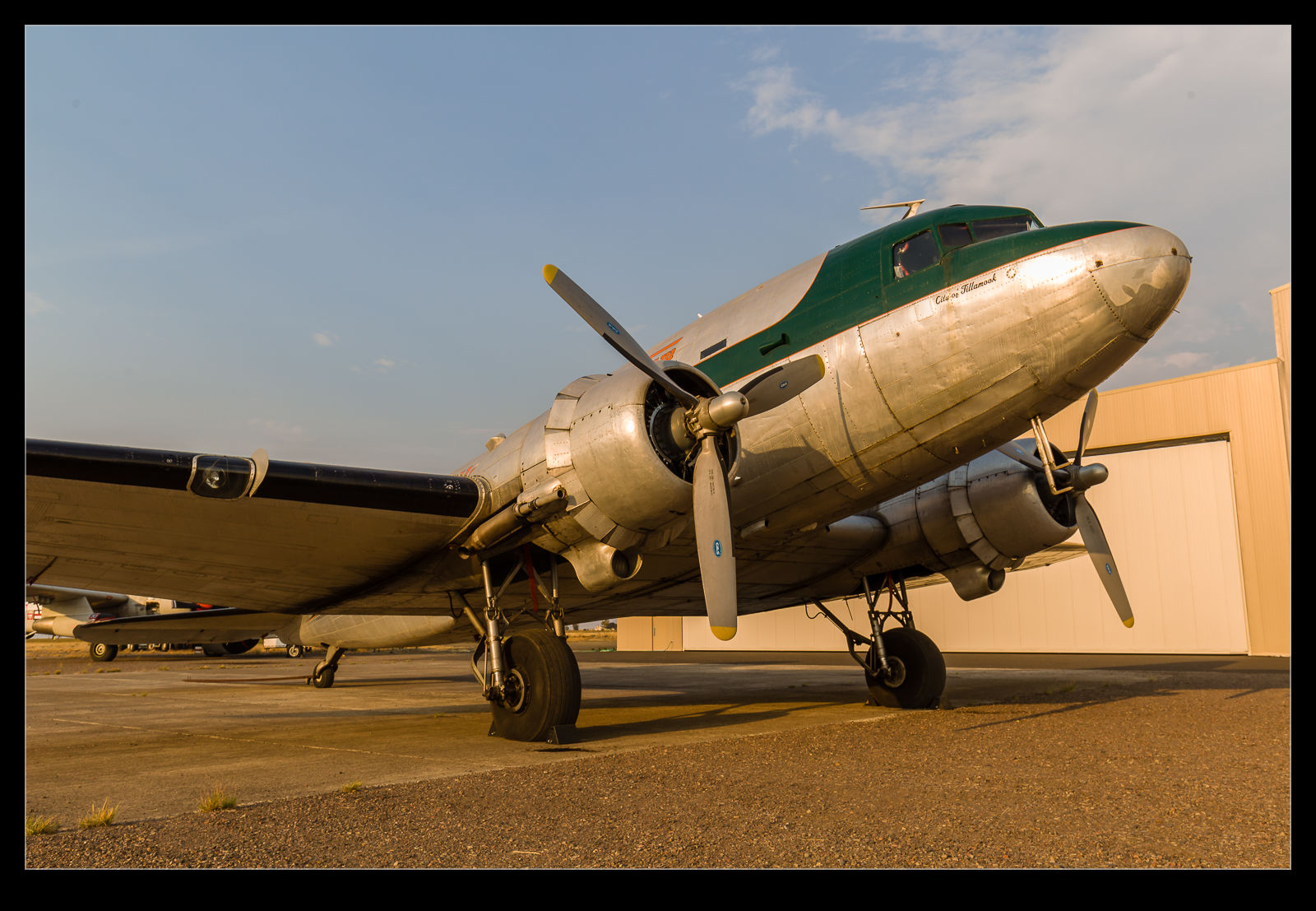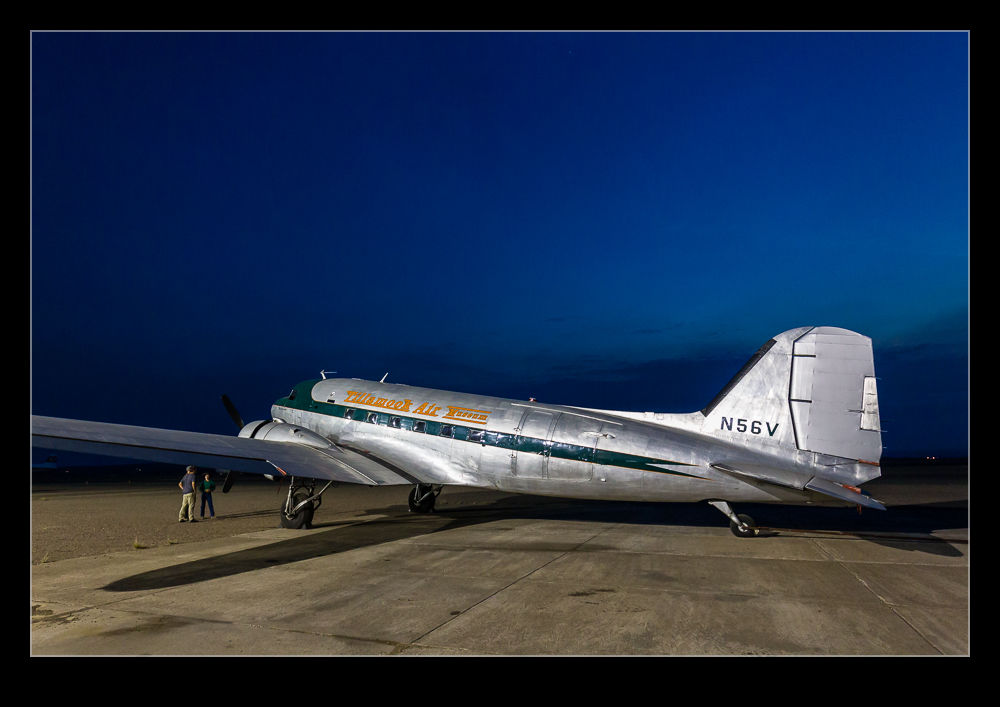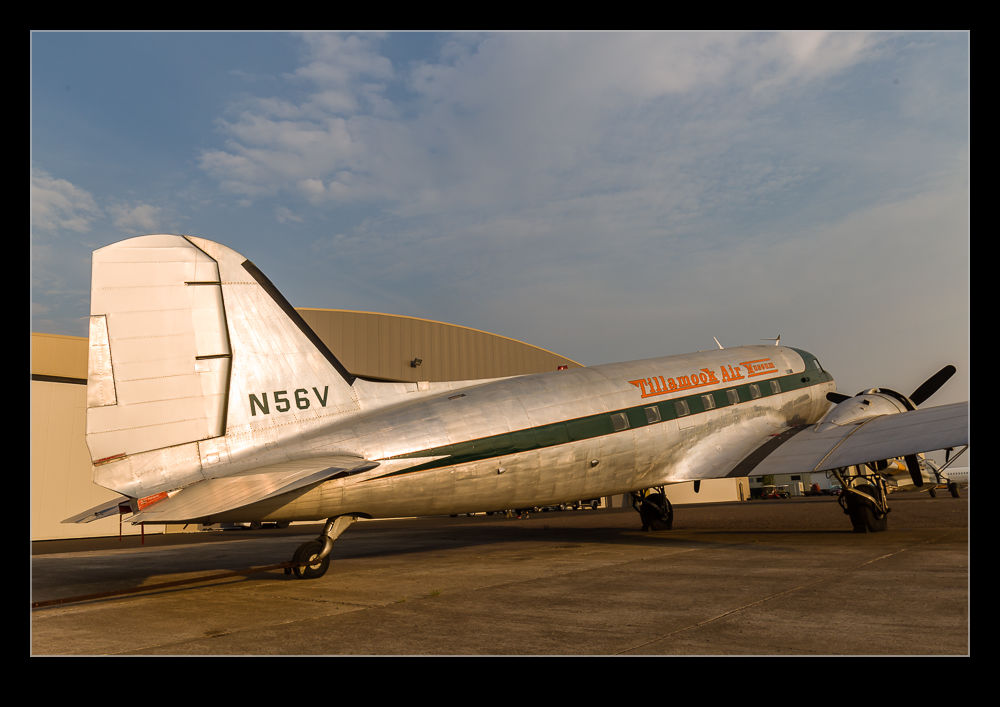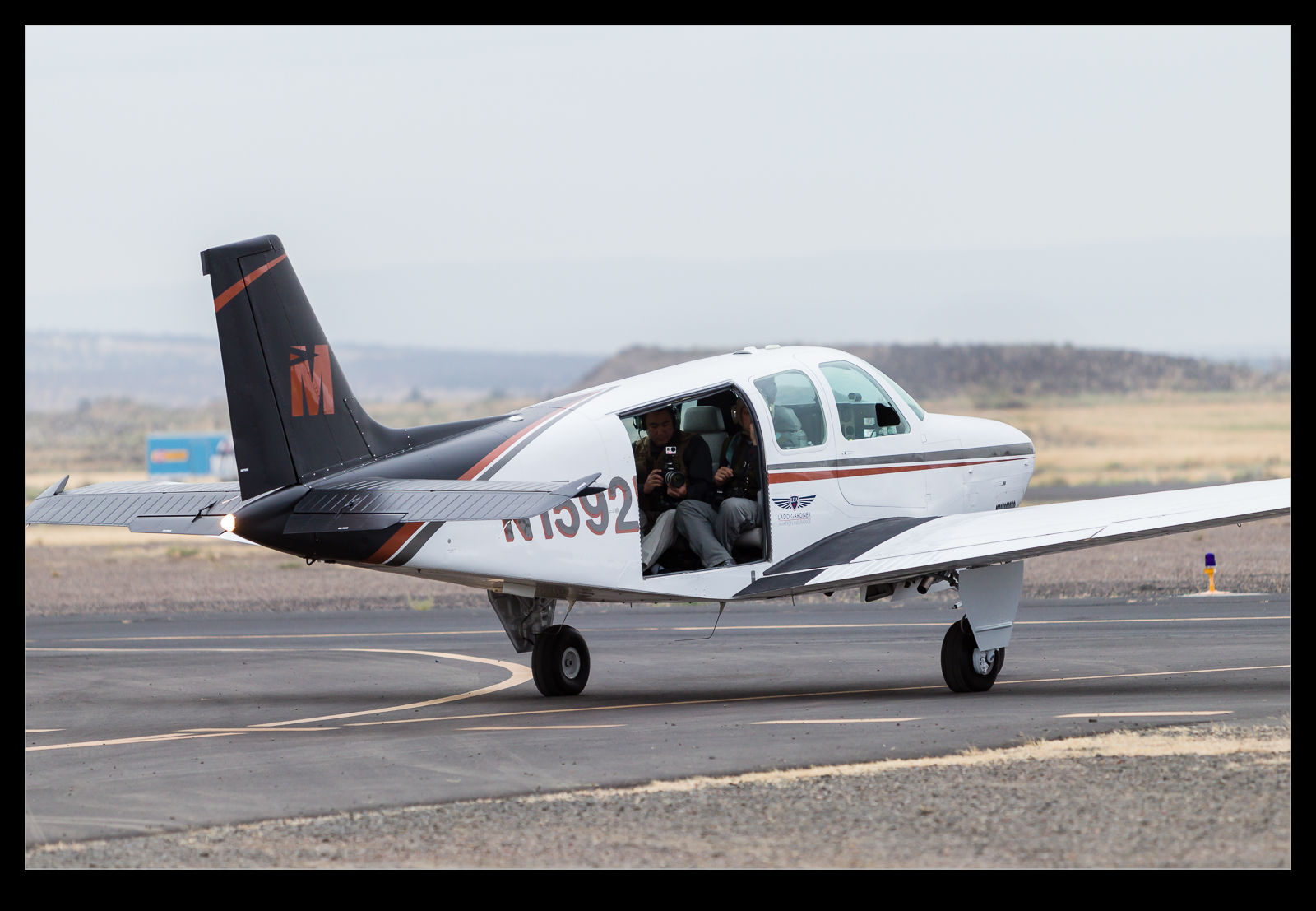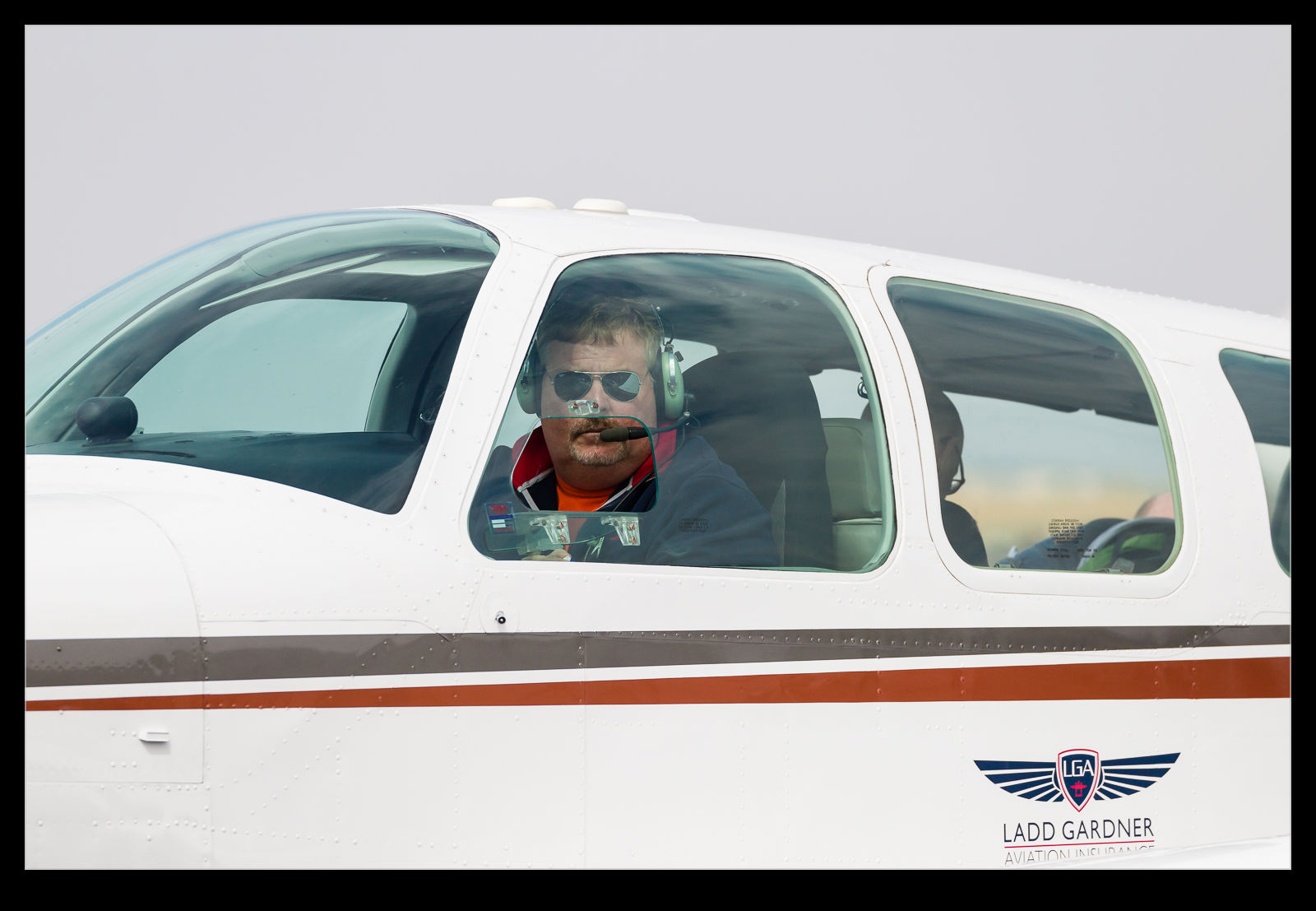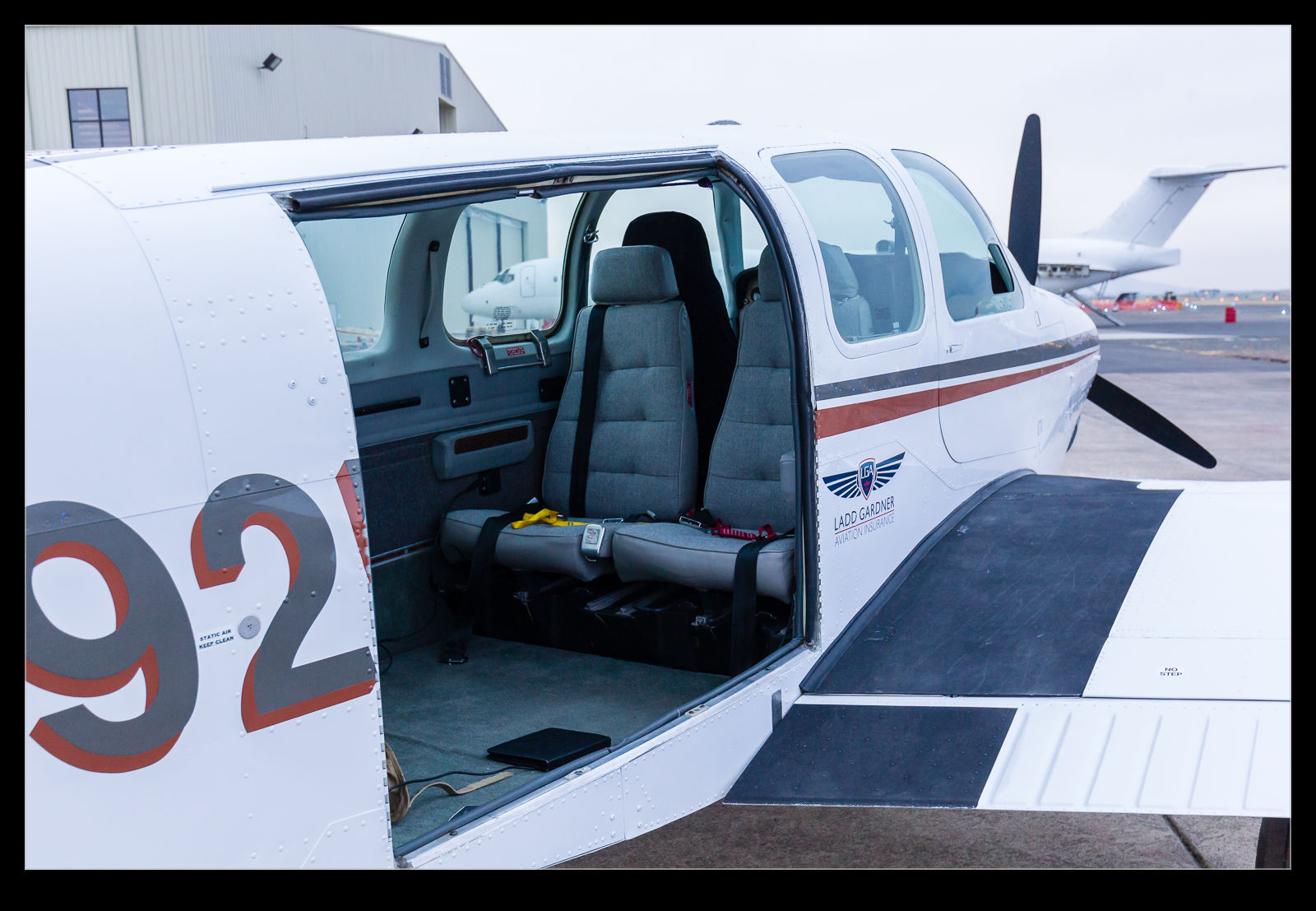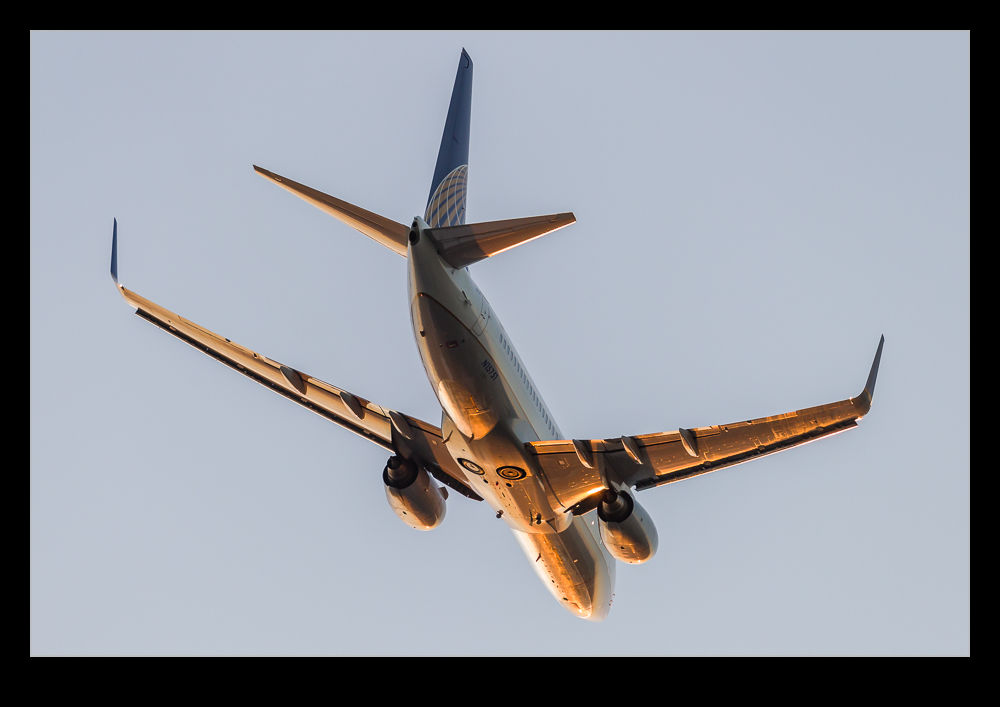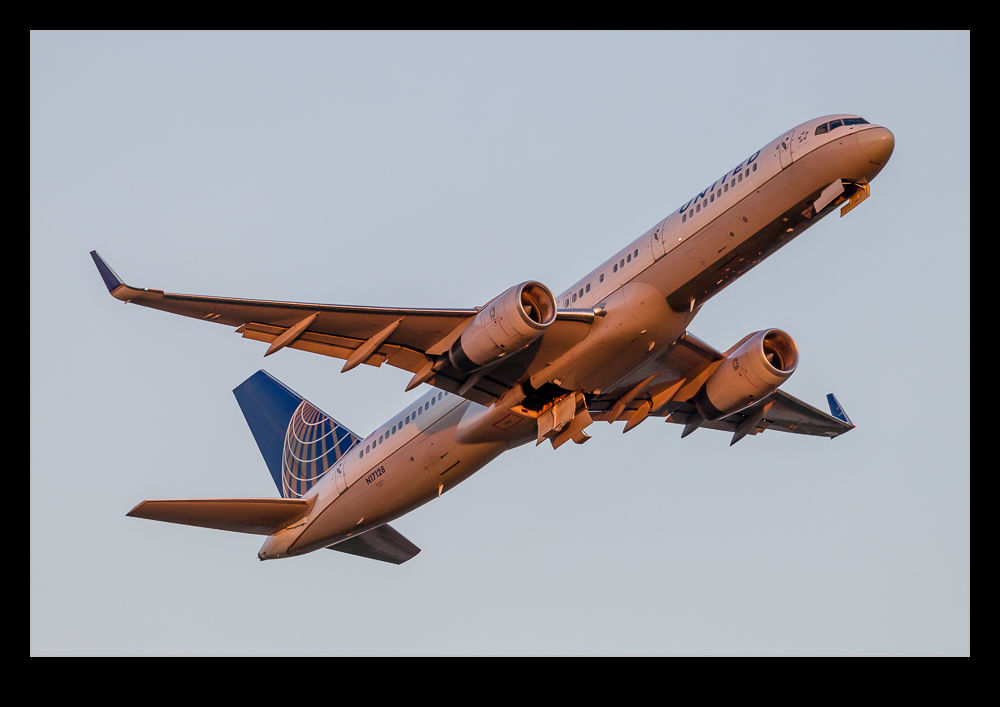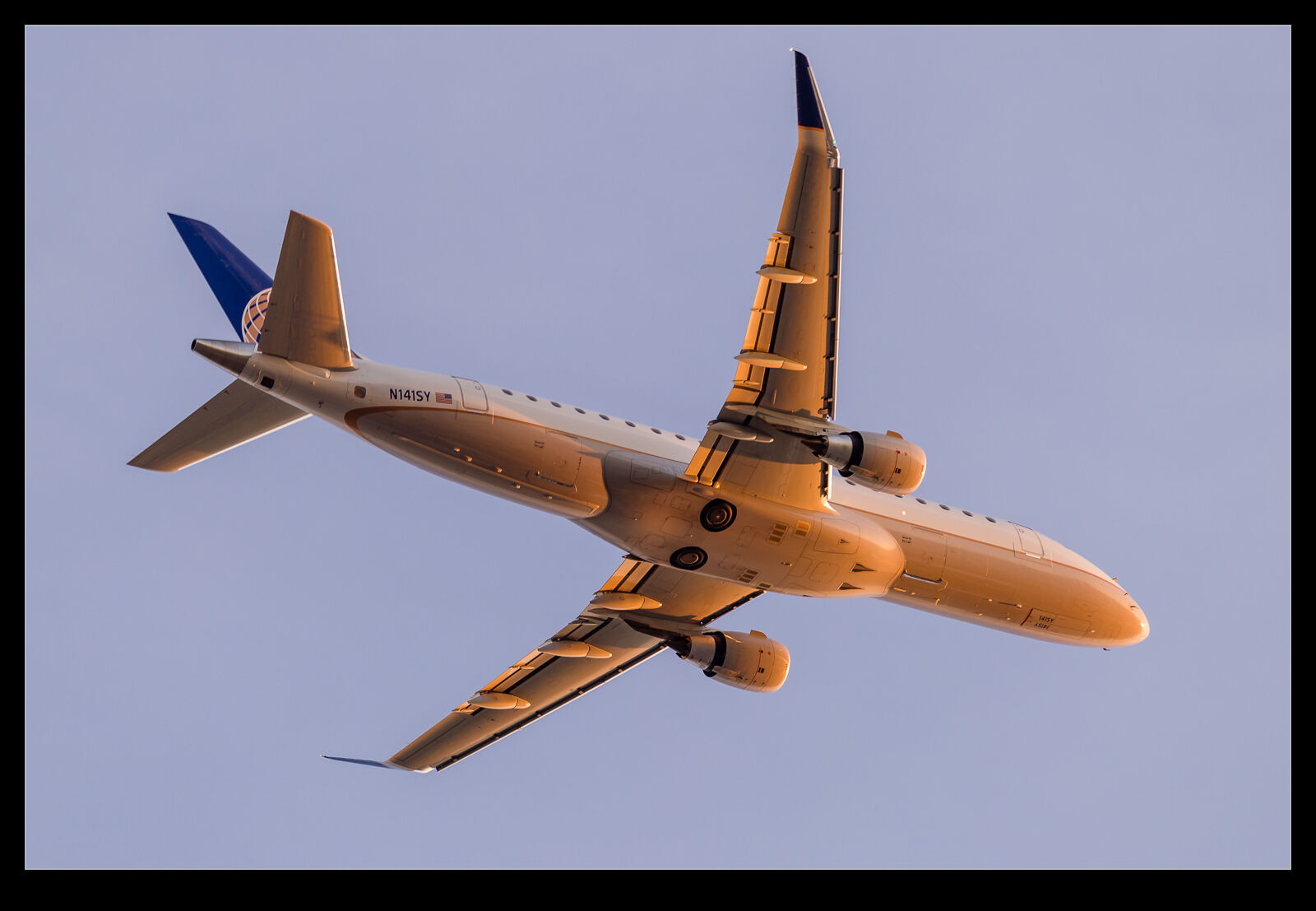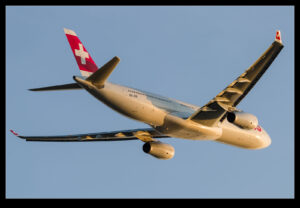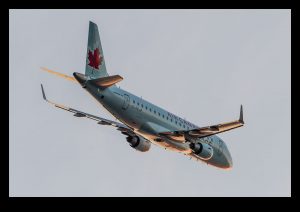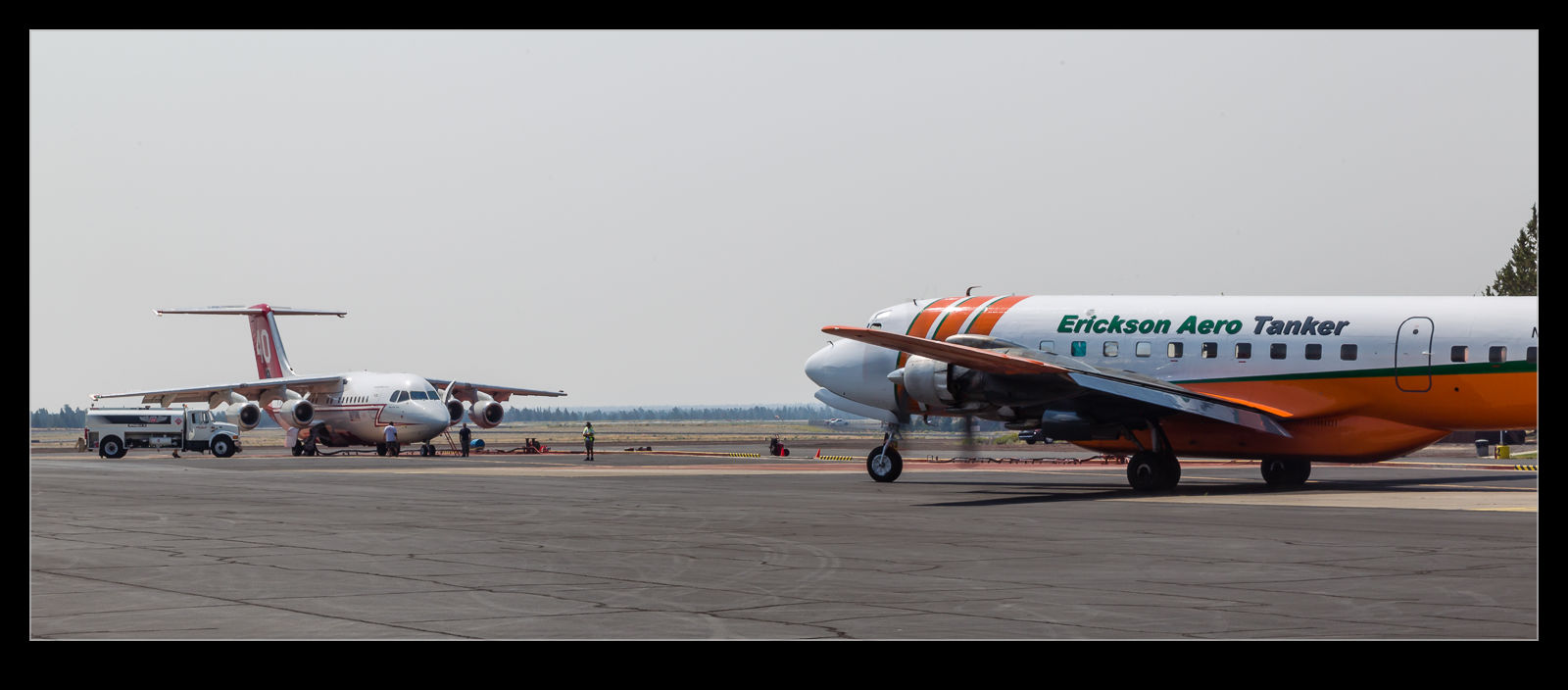 My trip to Madras involved flying in to Redmond airport, about half an hour south of Madras. Hayman and I came in on the same flight and shared a ride to Madras. As we drove out of the airport, something interesting caught my eye on the other side of the field so we did a little exporting before heading off. Redmond has a base for Airtanker operations in support of firefighting. The aircraft that I had first seen was a DC-7 that had been converted for tanker operations and was painted up in Erickson colors. It looked immaculate and the activity suggested it might be preparing to depart. With fires in the surrounding hills, there was plenty of work.
My trip to Madras involved flying in to Redmond airport, about half an hour south of Madras. Hayman and I came in on the same flight and shared a ride to Madras. As we drove out of the airport, something interesting caught my eye on the other side of the field so we did a little exporting before heading off. Redmond has a base for Airtanker operations in support of firefighting. The aircraft that I had first seen was a DC-7 that had been converted for tanker operations and was painted up in Erickson colors. It looked immaculate and the activity suggested it might be preparing to depart. With fires in the surrounding hills, there was plenty of work.
 While we waited for it to start up, a BAe146 tanker conversion landed and taxied in to the base. It was the first time I had seen one in person. Sadly the fencing around the base was rather touch to shoot through. Hayman made good use of the gap under the gates but my camera shape did not allow that. I had to make do with shooting through the fence where possible.
While we waited for it to start up, a BAe146 tanker conversion landed and taxied in to the base. It was the first time I had seen one in person. Sadly the fencing around the base was rather touch to shoot through. Hayman made good use of the gap under the gates but my camera shape did not allow that. I had to make do with shooting through the fence where possible.
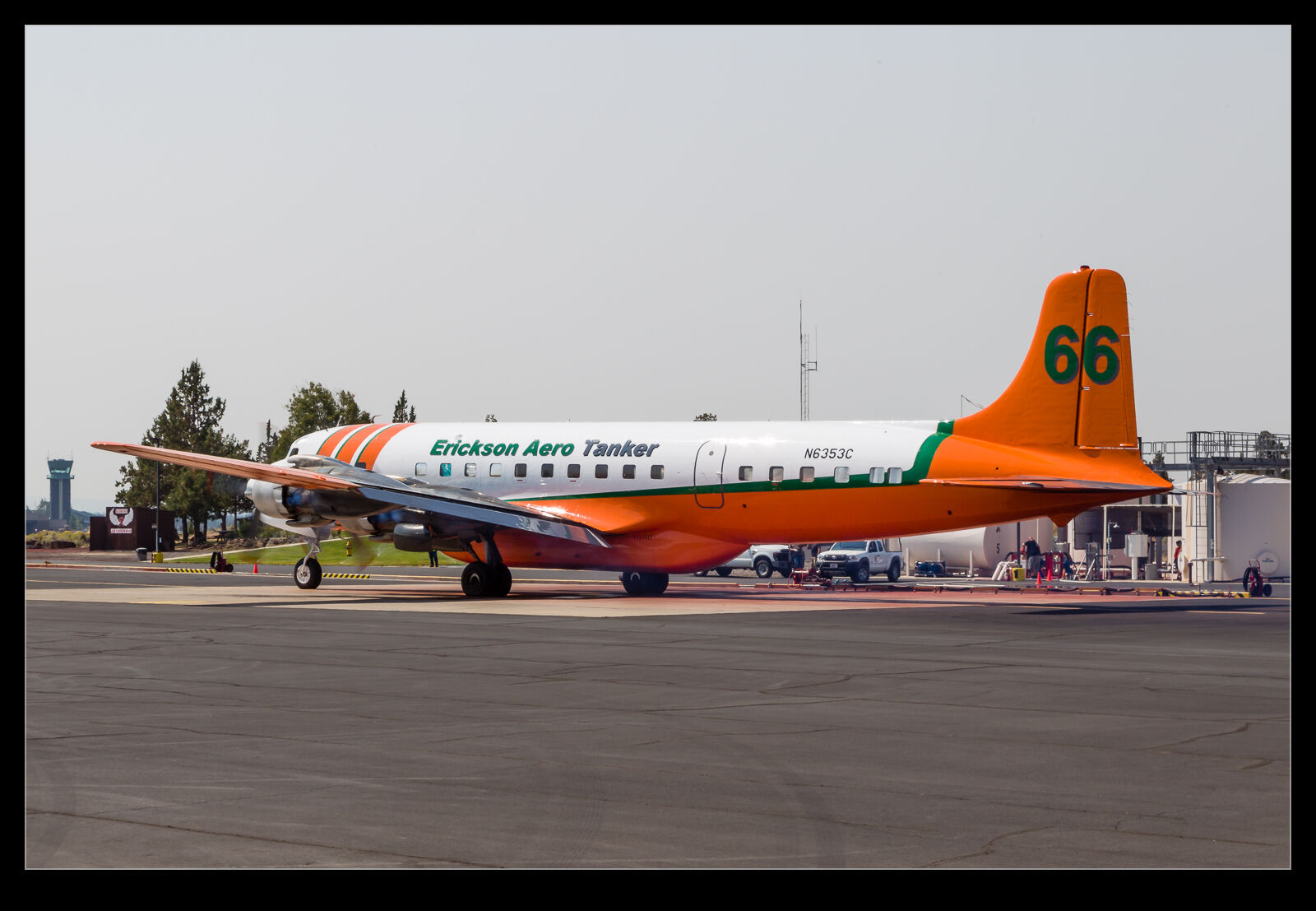 Shortly after the 146 came in, the DC-7 fired up and taxied out. With it gone, we figured it was time for us to continue on our way too.
Shortly after the 146 came in, the DC-7 fired up and taxied out. With it gone, we figured it was time for us to continue on our way too.
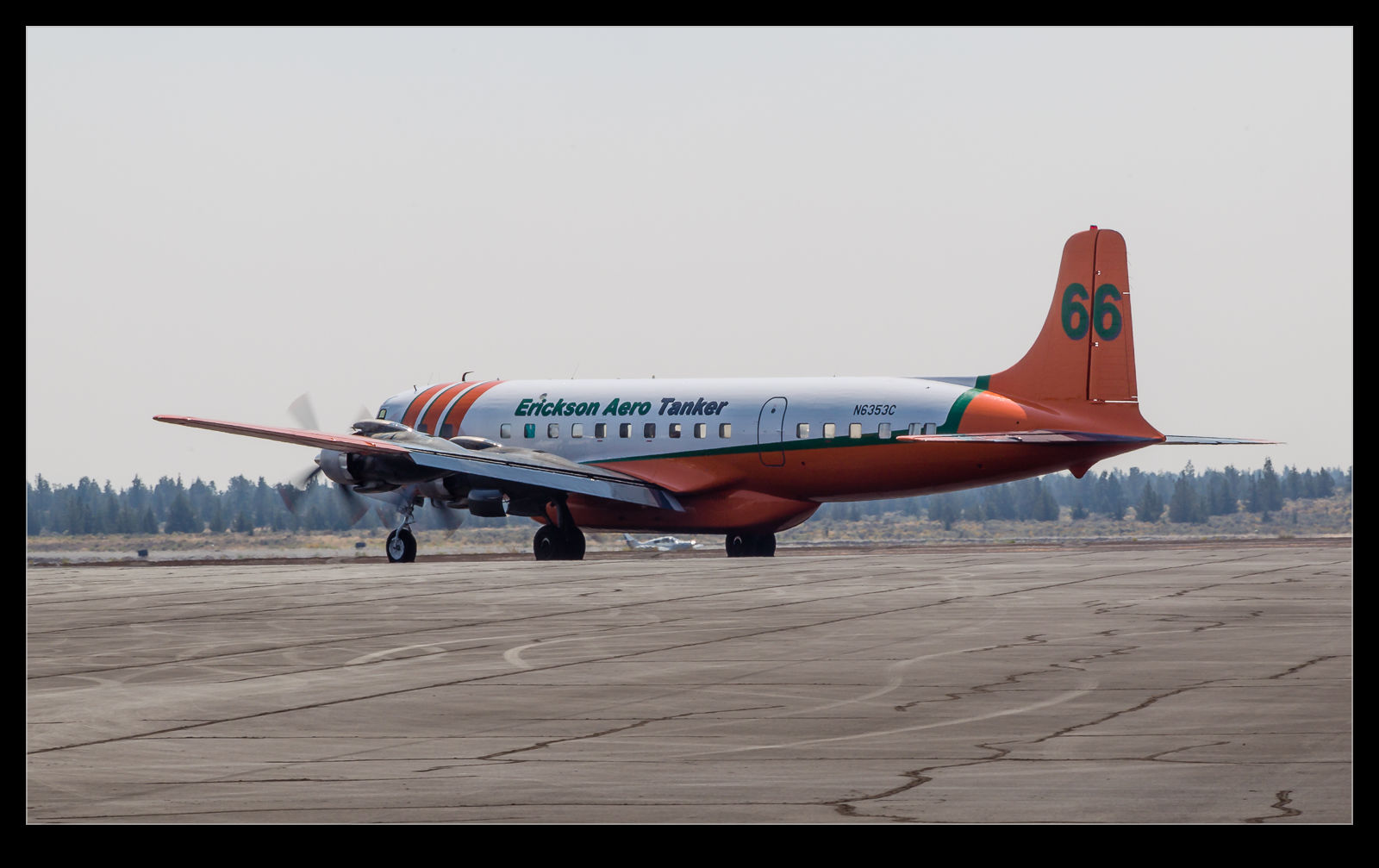
 DHL planes are hard to miss. The bright yellow livery they carry is not one that you are going to miss easily. They may not have the wide reach of FedEx or UPS in the US but Boeing Field is a regular stop for them. The 767 is one of their staples, much as it is for all express carriers. They also make use of the 757 which pleases me given my fondness for the first airliner I ever flew on.
DHL planes are hard to miss. The bright yellow livery they carry is not one that you are going to miss easily. They may not have the wide reach of FedEx or UPS in the US but Boeing Field is a regular stop for them. The 767 is one of their staples, much as it is for all express carriers. They also make use of the 757 which pleases me given my fondness for the first airliner I ever flew on.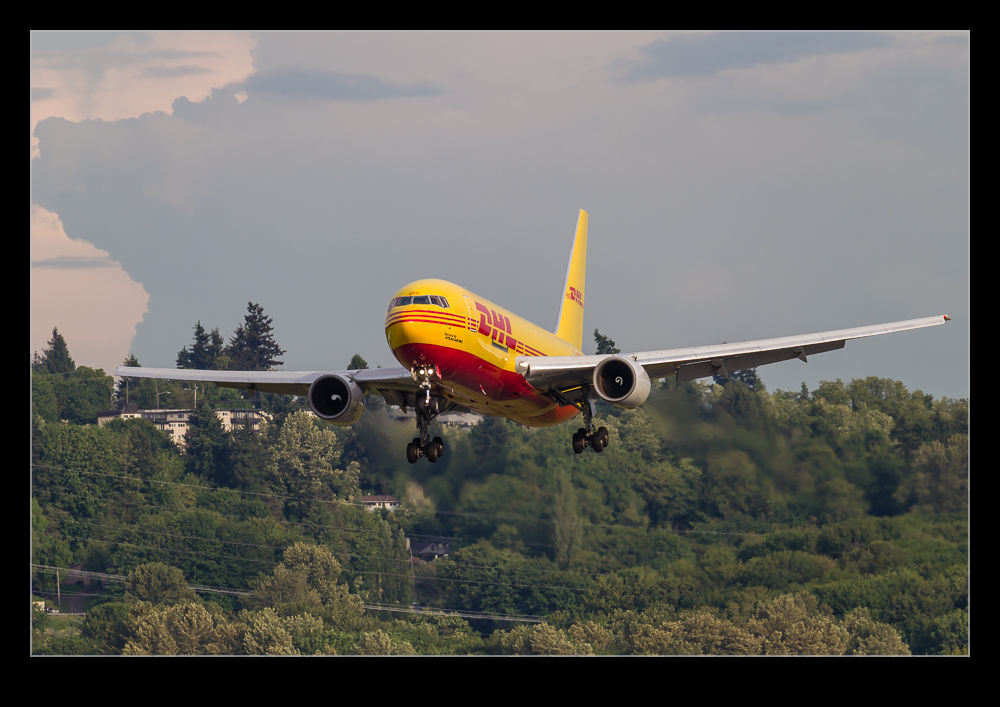 Evening light is the best for getting a DHL jet since the yellow positively glows when the low sun gets on it. I had a bit of traffic during this visit and these are the jets I saw.
Evening light is the best for getting a DHL jet since the yellow positively glows when the low sun gets on it. I had a bit of traffic during this visit and these are the jets I saw.

